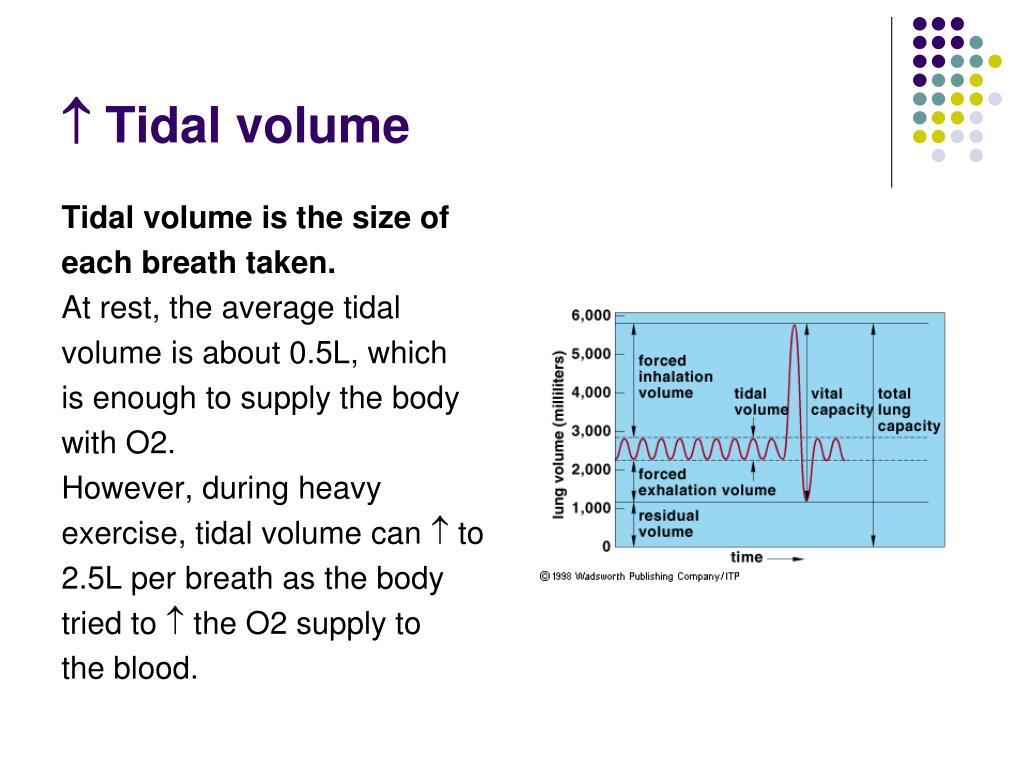

We hypothesised that, by visual estimation of body height, patients might be exposed to tidal volumes exceeding the recommended thresholds of lung-protective ventilation. We investigated the accuracy of height estimates as a reference for the definition of tidal volumes and compared the results with the real data of body measurement and lung-protective tidal volumes. Visual estimation of body height can be done at a glance during busy ward rounds or in primary care and is a tempting option due to time constraints. Height estimations are known to be potentially imprecise, but ICU clinicians seem to use estimates as a reference figure when accurate information is needed. Other studies have suggested measurement of forearms, lower legs or demispan to calculate tidal volumes. In fact, it is likely that most ICUs use visual estimates to calculate tidal volumes, a method which is apparently becoming common practice in intensive care therapy. A UK survey investigating the calculation of tidal volumes revealed that only one-third of all tidal volumes are defined as recommended by guidelines. There are few data on the quality of measurement of body height, but as indicated by some evidence, it is common practice for intensivists to visually estimate body height. The technique to obtain a reference height, however, is crucial because the definition of tidal volumes is reliant on accurate information concerning body height.

Unfortunately, most studies investigating LTV strategies do not describe what reference heights were used to calculate and define the target tidal volumes. Several studies have focused on the actual effect of a LTV strategy itself or on how stringently LTV is applied, but the question of height determination itself has not been studied comprehensively. Hence, an accurate measurement of height is necessary to provide an optimal ventilation strategy in ALI. Therefore, the prerequisite for calculation of the PBW is the knowledge of an exact body height. The current recommended ARDSnet formula uses body height as the only changeable variable in a mathematical equation to calculate the PBW, upon which tidal volumes are finally defined. Clearly, a precise definition of tidal volumes is crucial to achieve a respiratory support with low tidal ventilation (LTV) of <6.5ml/kg/PBW. The same study also demonstrated an 18% relative increase in mortality for each 1-ml/kg/PBW increase in mean tidal volume. Compared with a mean tidal volume 8.5 ml/kg/PBW. In this study, a three-level categorical model was used to compare three different mean tidal volumes, 8.5 ml/kg PBW, and their impact upon survival. A prospective cohort study published in 2012 evaluated the association of ventilator tidal volume with two-year survival in patients with ALI. Lung-protective ventilation with low tidal volumes (6 ml/kg predicted body weight ) and plateau pressures of ≤30 cmH 2O have been shown to decrease mortality and are, therefore, part of a ventilation strategy. Acute lung injury (ALI) is a life-threatening condition with severe hypoxaemia that typically necessitates treatment in the intensive care unit (ICU) and mechanical ventilation.


 0 kommentar(er)
0 kommentar(er)
